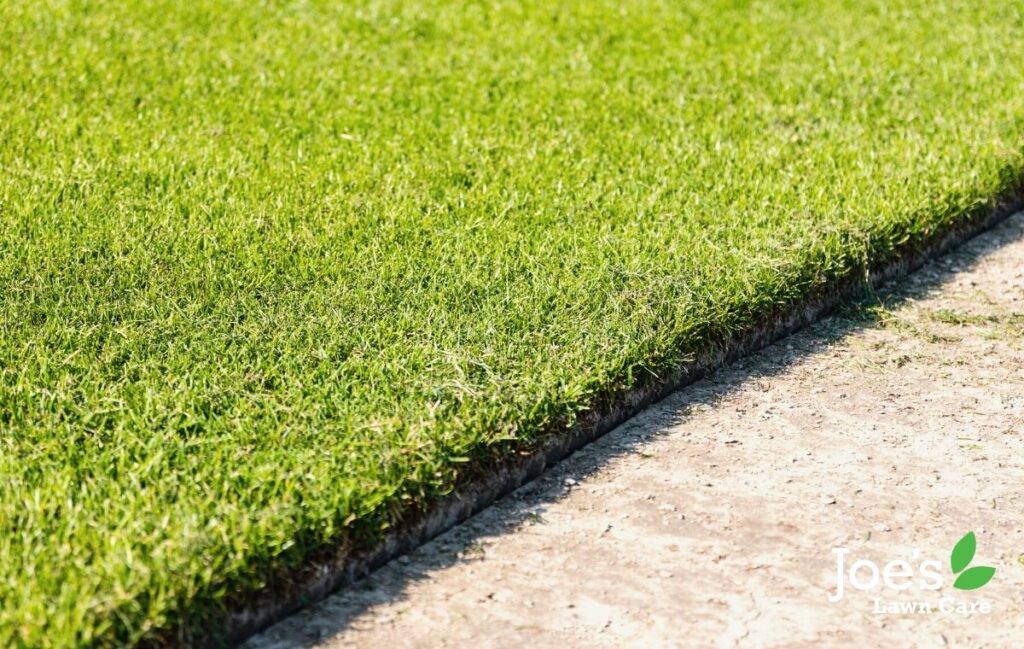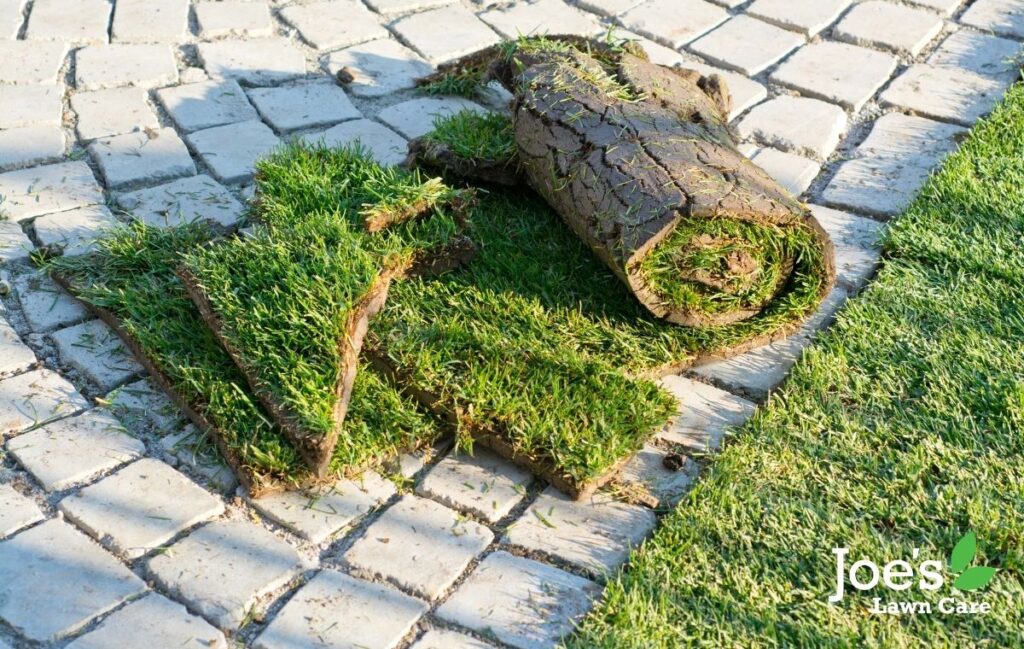5 Tips To Help You Look After Your New Turf
Remember when you were a kid and you were bought a new pair of football boots and you loved them so much you decided to sleep in them that night? Well that’s how we feel about new turf. There’s something so exciting about it. And that’s not the only thing these two things have in common because, in the same way you looked after your new boots, your new turf also needs a lot of TLC in the early days — and the better you maintain it, the healthier it will grow.
The problem is a lot of people who lay new turf either don’t know how to care for it properly. Or fail to care for it at all (which is when the turf company gets the blame). So in an attempt to stop this green-thumbed miscarriage of justice from happening ever again… here are our top tips, tricks and bits of advice to help you to correctly care for your newly laid turf:

Don’t Walk On The Grass
Rule number 1 of my tips to help you look after your new turf: never walk on your new turf.
Rule number 2 of my tips to help you look after your new turf: never walk on your new turf.
Of course, this makes laying your turf a little bit tricky, which is why we recommend laying something down first, like a board or some planks, and then working your way backwards from the furthest point of your garden. That way you’ll avoid putting any unnecessary pressure on your new lawn and avoid leaving harmful footprints all over it. Should you need to grab something from the farside of your lawn after you’ve laid the turf, make sure you use these boards to spread your weight and then remove them, while telling everyone in your family not to walk on your grass for a few days. This includes your pets. After those few days have passed, you can tread carefully, but it’s best to wait until the turf has rooted into the soil before enjoying it as normal, which can take 2 – 3 weeks.
New Turf Is Incredibly Thirsty
You may have guessed this already, but new turf needs a lot of watering, especially in the early days and weeks. This is because most turf is grown on specialised turf farms, and when it’s lifted, it has its roots cut. So to help your new turf grow strong and healthy roots, regular watering is essential, even alongside the rain.
As a general rule of thumb, it can take anywhere up to four weeks for these new roots to bed themselves into your soil, and that’s what makes this first month the most important time for some TLC. So grab your hose pipe from the back of your shed, ask your neighbour if you can borrow their sprinkler attachment and start giving your lawn an even dose of water, focussing extra hard on the edges.
Ideally, what you want to do is give your lawn a thorough soaking as soon as it’s been laid. Then water it every day for the first 2 to 3 weeks, or until you can feel the roots have knitted themselves to your soil. It’s also worth noting where you have been. Move your sprinkler every 10 to 15 minutes and looking to see if there are any particular areas of your lawn that may be sheltered from the rain. You’ll likely need to focus on these patches.
The Art of Mowing New Turf
In the same way mowing a mature lawn requires a decent understanding of lawn care, mowing a new lawn needs to be done correctly. First of all, make sure you wait for at least 2 to 3 weeks before getting your mower out of the garage. Or until your grass blades have managed to grow somewhere between 3 and 4 inches high. When that has happened, start up your mower and set the height of your blades so that it only chops off an inch, maximum. We know this sounds like a chore, but mowing little and often is the best way to improve your grass’ health. Whilst also allowing more grass blades to grow. Why is that important? Because the thicker your lawn, the better it will be at crowding out any weeds and moss.
New Turf Needs Fertiliser
As any good gardener will know, the secret to growing healthy plants is a good fertiliser — and your new turf is no different. As such, pop down to your local gardening centre, ask the team there for their most organic fertiliser and then spread it evenly across your new lawn before watering as normal. Or it is best to get the professionals in, who can apply the correct amount to your lawn. After that, we recommend a feed every 2 to 3 months as mowing can remove some of the much-needed nutrients in your grass.
Problems Are Common
My last Tip To Help You Look After Your New Turf…
The thing about lawns is they are vulnerable to disease and pests and moss and weeds, even the healthiest of them. The trick is to catch any signs of a problem early so that you can treat it before your lawn suffers any long term damage or brown patches. Of course, the best way to keep an eye on these problems is to know when your lawn might be in danger.
For example, cold weather and frosts can be incredibly damaging to new turf, so make sure you aren’t laying a new lawn in the colder months. It’s also important to not get lazy with your lawn care during a rainy period because it still may be that your new turf still hasn’t received enough water. Whatever your concerns though, we’re always here to help. From helping your new turf grow into a strong and healthy lawn to looking after your established lawn with our cultural lawn care treatments. It’s what we do.

Thanks for reading Joe’s 5 Tips To Help You Look After Your New Turf! For more lawn care tips and tricks, follow us on Facebook and Instagram.





